In the world of tattoo art, the intricate patterns of mandala tattoos, especially those created with stippling, have become a captivating trend. “What is a mandala tattoo?” you may wonder.
These mesmerizing designs are more than just ink on skin; they carry profound symbolism and cultural significance.
In this exploration, we’ll delve into the symbolic depths of mandala tattoos, uncovering their meanings, discussing their perception in the context of femininity, and shedding light on the distinguishing features that set mandalas apart from other symbols.

Unveiling the Symbolism
What Does a Mandala Tattoo Symbolize?
At its essence, a mandala tattoo is a profound visual embodiment of unity, balance, and harmony. The captivating design, characterized by concentric circles and intricate patterns, serves as more than just an aesthetic adornment on the skin—it encapsulates a deeper, symbolic journey. The concentric circles, meticulously arranged, symbolize the cyclical nature of life and the interconnectedness that binds us to the universe.
Delving into the core of mandala symbolism, these tattoos act as poignant reminders of the individual’s spiritual expedition and the perpetual quest for enlightenment.
The journey inward, represented by the unfolding layers of the mandala, mirrors the introspective exploration of one’s self. Each element meticulously woven into the mandala holds specific significance, creating a mosaic of symbols that speak to the individual’s beliefs, experiences, and aspirations.
Choosing a mandala tattoo transcends mere body art; it is a deliberate and meaningful decision to forge a spiritual connection. As individuals embark on the path of self-discovery, the mandala serves as a guide, encapsulating the essence of their personal beliefs and values.
The intricate details, carefully curated within the circular canvas, contribute to a narrative that is uniquely tailored to each individual’s journey, making the mandala tattoo a potent symbol of self-expression and spiritual connection.
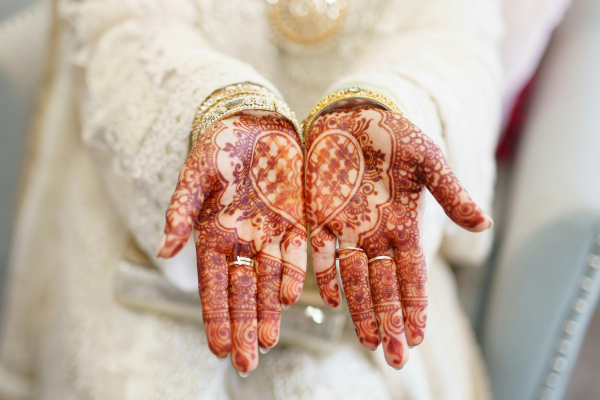
What Does a Mandala Represent?
- Ancient Cultural Roots:
- Originating from ancient cultures like Hinduism and Buddhism, mandalas are steeped in rich history and symbolism.
- Representing the universe, they embody cosmic order and the interconnectedness of all things.
- Psychological Significance:
- In psychology, mandalas hold therapeutic value, offering a profound meditative and introspective experience.
- Creating mandalas becomes a therapeutic process, allowing individuals to explore their inner selves and achieve a sense of balance.
- Beyond Spirituality:
- Mandalas transcend spirituality, becoming a universal language of self-expression.
- The circular canvas, adorned with intricate details, serves as a powerful medium for individuals to convey their unique perspectives and artistic inclinations.
- Artistic Freedom:
- The circular nature of mandalas provides a limitless space for creativity.
- Individuals can use mandalas to express their emotions, beliefs, and personal stories, making each creation a deeply personal and artistic endeavor.
- Symbol of Unity:
- Mandalas often symbolize unity, not just within oneself but also in connection with the broader cosmos.
- Through their geometric perfection, mandalas reflect the harmony and balance sought by those who embrace their symbolic power.
Exploring the representation of mandalas reveals a multifaceted significance, encompassing ancient cultural ties, psychological benefits, avenues for artistic expression, and the universal theme of unity and cosmic order.
Femininity and Mandala Tattoos
Are Mandala Tattoos Feminine?
Despite historical associations with femininity, mandala tattoos are a versatile art form that transcends gender norms.
While some may perceive them as feminine due to their delicate nature, the reality is that mandala tattoos are inclusive and can be embraced by individuals of any gender.
Breaking away from stereotypes, the beauty of mandala tattoos lies in their ability to convey a sense of strength, balance, and personal empowerment.
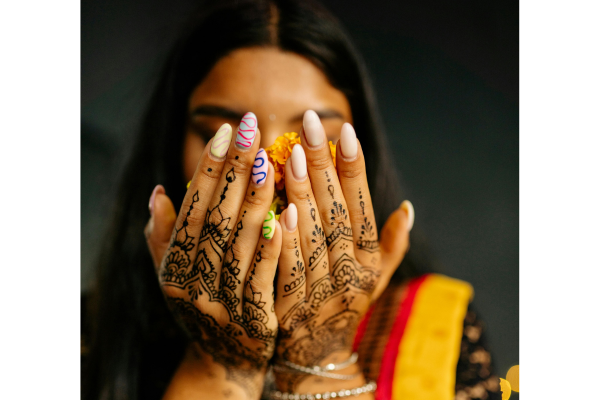
Symbols within Mandalas
The 5 Symbols of Mandala
- Lotus Flower:
- Symbolizes purity and spiritual awakening.
- Represents the ability to rise above challenges and achieve enlightenment.
- Often associated with growth, transformation, and beauty emerging from adversity.
- OM Symbol:
- Represents the cosmic sound, the essence of the universe.
- Signifies the ultimate reality, consciousness, and the interconnectedness of all things.
- Frequently used in meditation and spiritual practices to invoke a sense of unity and harmony.
- Yin-Yang Symbol:
- Represents the balance of opposing forces and dualities in life.
- Reflects the concept that opposites are interconnected and complementary.
- Symbolizes harmony, equilibrium, and the cyclical nature of existence.
- Mandala Circle:
- Signifies wholeness, unity, and completeness.
- Represents the universe, with the center symbolizing the self or the divine.
- Often used as a tool for meditation and introspection, promoting a sense of inner peace.
- Elephant Symbol:
- Represents strength, wisdom, and good fortune.
- Often associated with Hinduism and Buddhism, where the elephant is a sacred animal.
- Symbolizes overcoming obstacles, patience, and the power of memory.
These symbols, when incorporated into mandalas, contribute to the overall spiritual and philosophical depth of the design. Choosing a mandala with specific symbols allows individuals to express their personal values and connect with deeper meanings that resonate with their own journeys and aspirations.
Distinguishing Mandala from Lotus
Difference Between a Mandala and a Lotus
- Mandala:
- Geometric Configuration:
- Mandalas are intricate geometric patterns that can be circular or have a radial symmetry.
- They often consist of repetitive shapes, lines, and symbols arranged in a circular format, creating a visually captivating and balanced design.
- Universal Wholeness:
- Represents the entirety of the universe, reflecting the interconnectedness of all things.
- The central point of a mandala is symbolic of the self, divine center, or the cosmic source.
- Used as a tool for meditation, mandalas promote a sense of unity, balance, and inner harmony.
- Geometric Configuration:
- Lotus:
- Symbol of Purity:
- The lotus is a flower with cultural significance in various spiritual traditions, including Hinduism, Buddhism, and ancient Egyptian beliefs.
- Symbolizes purity, as the lotus flower emerges from muddy waters but remains untainted and beautiful.
- Often associated with enlightenment, spiritual awakening, and the journey to overcome challenges.
- Representation of Rebirth:
- Signifies the cycle of life, death, and rebirth.
- The unfolding petals of the lotus symbolize personal growth, transformation, and the pursuit of higher consciousness.
- Used as a metaphor for rising above difficulties and blooming into a state of spiritual enlightenment.
- Symbol of Purity:
- Distinguishing Factors:
- Purpose and Focus:
- Mandalas focus on representing the cosmic order and universal wholeness.
- Lotuses, on the other hand, emphasize purity, spiritual growth, and the cyclical nature of life.
- Form and Structure:
- Mandalas are geometric patterns with a centralized structure, often radiating outwards in symmetrical designs.
- Lotuses are floral symbols with layered petals, portraying a more organic and natural form.
- Narrative and Meaning:
- Mandalas convey a broader, cosmic narrative, while lotuses are more specific in their symbolism, emphasizing personal and spiritual growth.
- Purpose and Focus:
Understanding the distinctions between mandalas and lotus symbols is crucial for those seeking meaningful tattoos. By recognizing the unique characteristics and cultural contexts of each symbol, individuals can choose designs that better align with their personal beliefs, values, and spiritual journeys.

Conclusion: what is a mandala tattoo?
In conclusion, a mandala tattoo, especially in stippling, is a profound form of self-expression and spiritual connection. Beyond its aesthetic appeal, it serves as a constant reminder of the interconnectedness of life and the journey towards balance and harmony.
Embrace the versatility of mandala tattoos, break free from stereotypes, and let your ink tell a story that resonates with your soul. Explore the vast array of colors and combinations to truly make your mandala tattoo a unique piece of art.
Additional Resources: For more insights on color combinations and meanings in mandala tattoos, check out the following links:
This comprehensive post not only explores the fundamental aspects of mandala tattoos but also provides valuable resources for readers interested in enhancing their understanding of color symbolism in the context of mandala art.


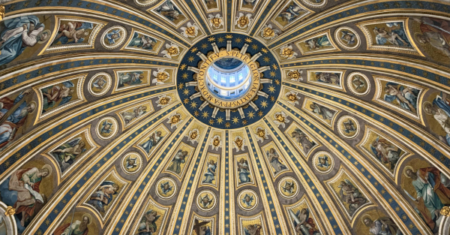

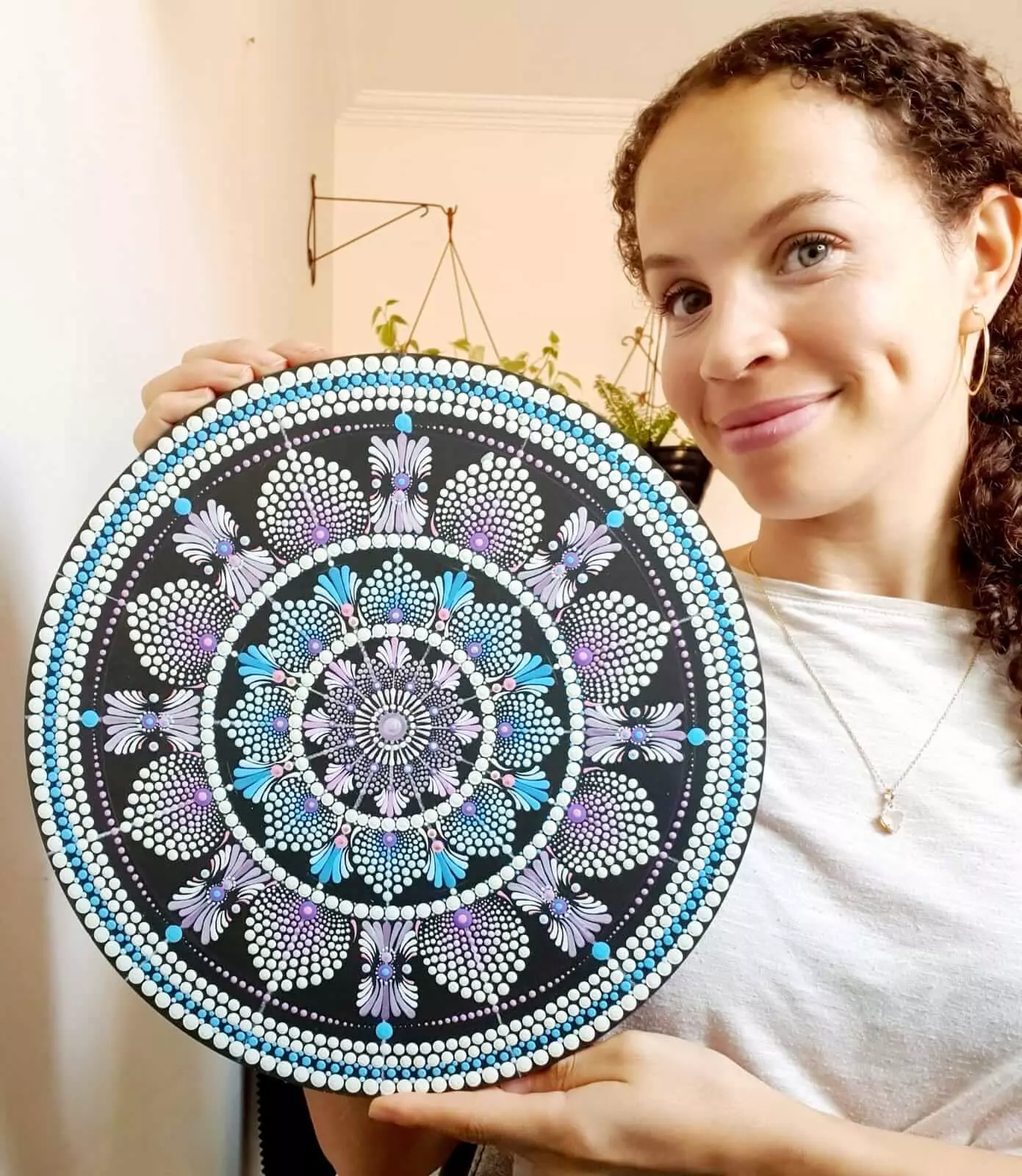


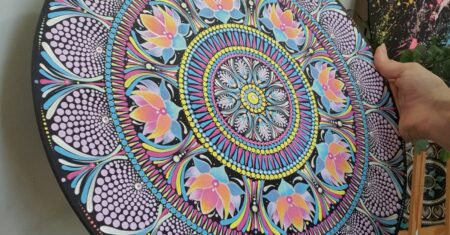
0 Comentários